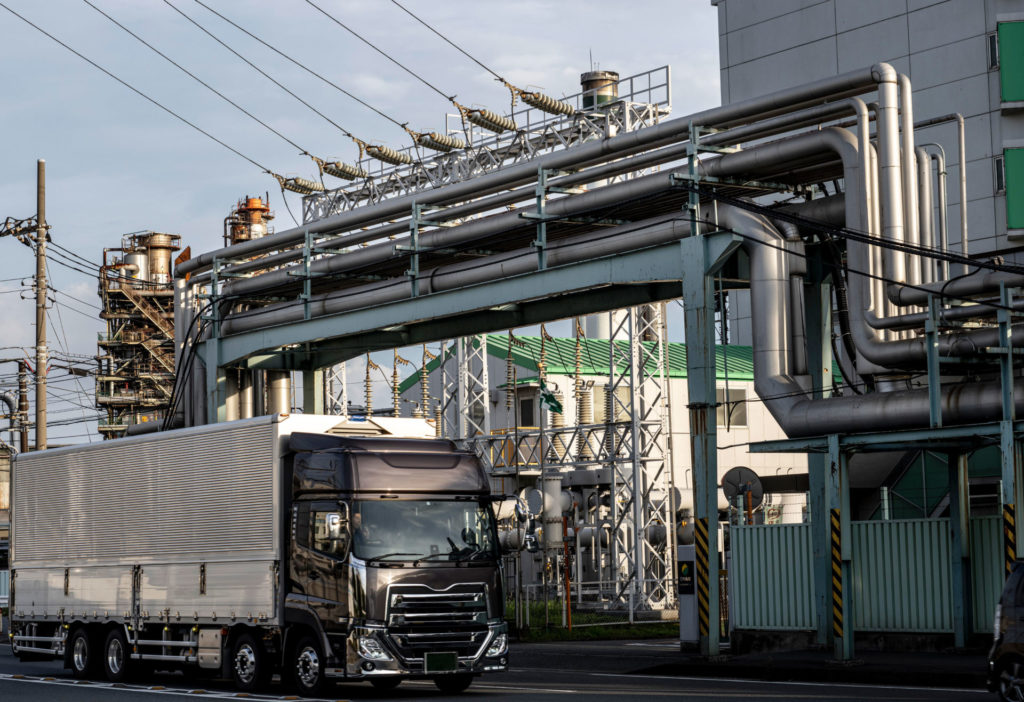
Moving to the Cloud: the Future of Manufacturing
Some industries value their heritage more than others. Their comfort zone is limited to decades of tradition. Manufacturing is one such industry. Industrialists still rely on people more than machines. Due to the Covid-19 pandemic, with its social distance and remote work, the importance of adopting machine-to-machine technology became obvious. Cloud computing has proven to be the best solution for enterprise agility and digitalization.
As natural as it may be for you to want to leave things as they are, traditional systems are poorly suited to the demands of today’s market. So if you’ve been waiting for a sign to change your thinking and technology, it’s here. On-premises platforms cannot handle the increasing complexity of modern manufacturing, the ever-changing demands of customers, and the rapid access to business and operations data. In other words, everything cloud technology can provide.

Delivering Real-Time Data
Managing processes and making decisions based on last month’s metrics will never be efficient enough. Meanwhile, an up-to-date and complete view of information from across the organization will improve decision-making. For example, real-time visibility into productivity and equipment performance can help improve asset management and avoid downtime. In contrast, inventory visibility helps set appropriate goals that lead to optimal production levels.
By working with a single source of real-time information, you can finally keep up with all processes, avoid delays in synchronizing the necessary data, and catch the “production moment.” The speed and reliability of data movement provided by cloud providers are critical because manufacturers need to collect data from geographically dispersed IoT (Internet of Things) devices so it can be analyzed. This information provides insight into operations optimization, which is designed to help reduce costs and increase profits.

Reducing IT Costs
Cloud infrastructure is undoubtedly more flexible than on-premises infrastructure. Cloud technology allows you to scale up or down depending on your business needs. In other words, you can use the resources you need precisely when you need them. In addition, unlike in-house IT solutions, your IT costs are predictable in the cloud – you only pay for the space and functionality you use. Meanwhile, in-house infrastructure – especially legacy infrastructure – can require a significant infusion when you least expect it. For example, the need to upgrade your system will regularly arise because its components don’t age simultaneously. Putting off upgrades may seem like an option, but it isn’t because a malfunctioning system will negatively impact your team’s performance.
In addition to eliminating on-premises software costs, cloud applications also reduce production and maintenance costs, making production cycles more efficient.
In addition, cloud service providers are responsible for managing systems and preventing downtime. And this is crucial for manufacturers because downtime costs money and, therefore, the cost of production.
Security
Moving to the cloud and storing production data offsite can be a difficult decision. This is because your cloud provider, not you, will now provide security. However, what if, instead of dreading the idea, you ask yourself how quickly you can recover your data and replicate your IT environment if a security breach or natural disaster occurs.
Most cloud providers invest heavily in making their infrastructure secure and resilient to any attacks. And if something goes wrong, they can quickly detect flaws through 24/7 network monitoring and ensure that disaster recovery takes as little time as possible to get your systems backup and to run. What’s more, by storing your data in the cloud, you can rest assured that it has backups and won’t disappear forever after a data breach or hardware failure.

Improve Processes with a Cloud ERP System
ERP (enterprise resource planning) is undoubtedly an indispensable solution if you want to automate your organization’s workflow. While an ERP system can be deployed and available in either an on-premises or cloud-based environment, the advantages of the former over the latter are undeniable.
Working with on-premises ERP systems is more expensive and time-consuming than cloud-based ones.
Cloud ERP software is automatically updated with the latest security updates and patches.
With a cloud ERP system, you don’t have to worry about integrating with other systems. Instead, your service provider provides a consistent experience for users, ensuring that the integration process is done well.
With an on-premises ERP system, employees will need lengthy training and technical support, whereas none of that matters with cloud-based solutions. Your service provider will take responsibility for managing and fixing the technical aspects.
Optimizing Your Supply Chain
For all parties involved in creating and selling a product to work efficiently toward the same goal, integration into a single system is necessary. Today, with most supply chains being global, sharing data with all stakeholders can be a real bottleneck. Fortunately, the lack of communication between the individual organizations that make up a supply chain can be overcome with technology. With cloud-based software, employees can seamlessly share information throughout the product lifecycle. Important information is not lost as it moves between teams, departments and locations because it is centralized, integrated with various platforms, and easily accessible to all stakeholders.
Final Thoughts
Moving to the cloud is the first step for creating the factory of the future. In addition, tools like Artificial Intelligence and automation are becoming available for the manufacturing sector. Therefore, no matter how tempting it might be to stay in your shell and resist the changes, adaptation is inevitable, and the sooner you have it – the better.



